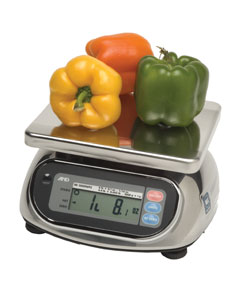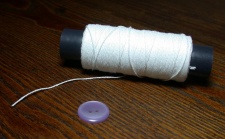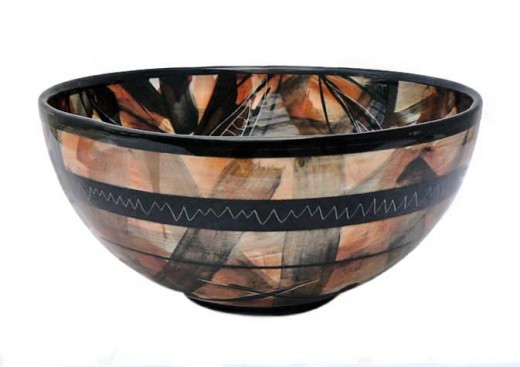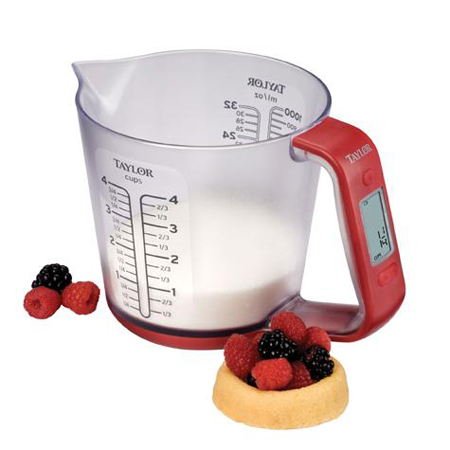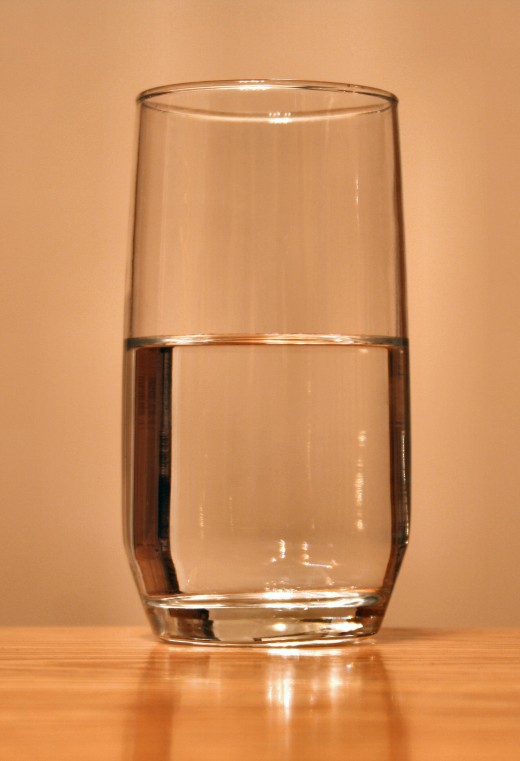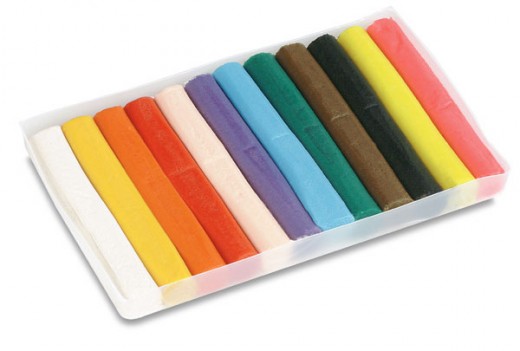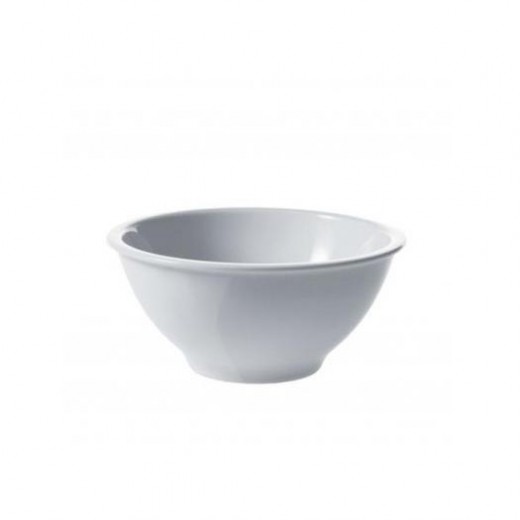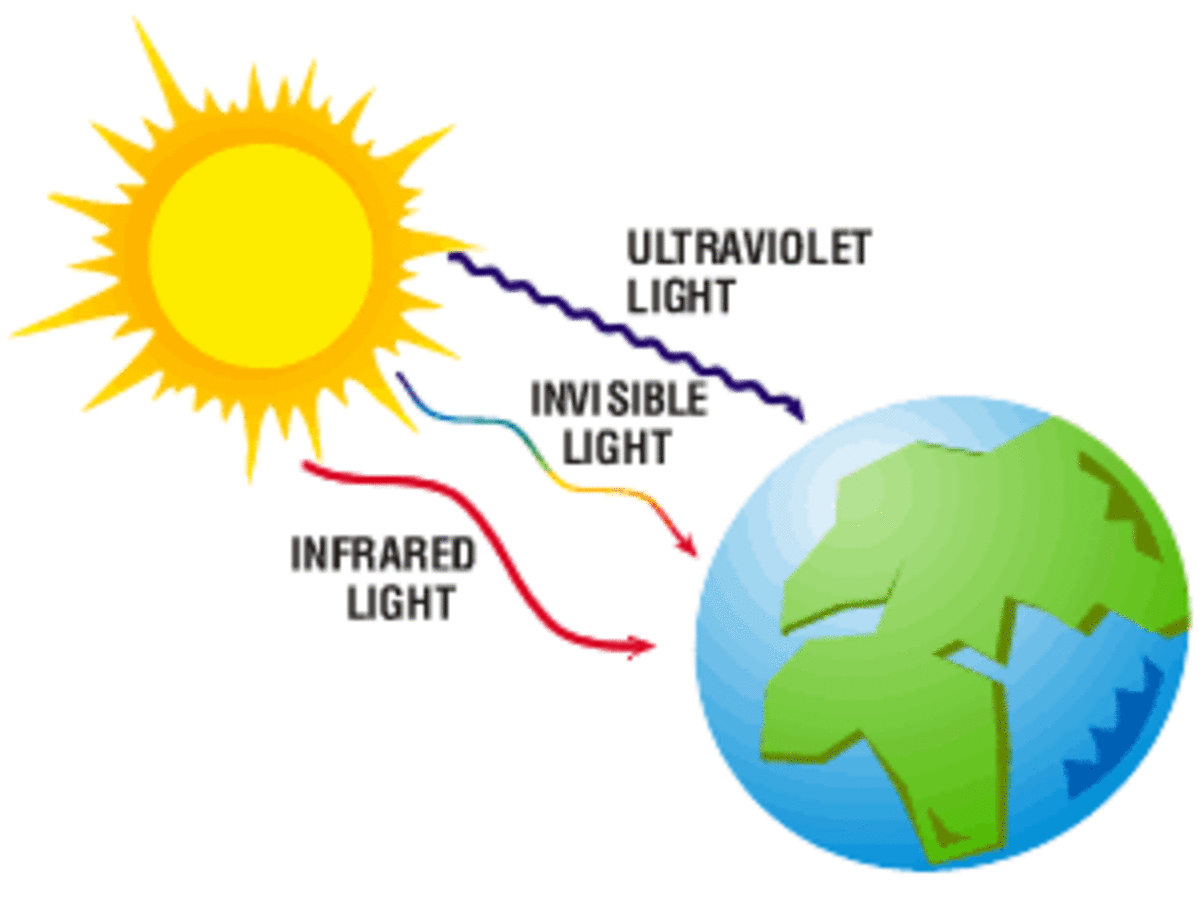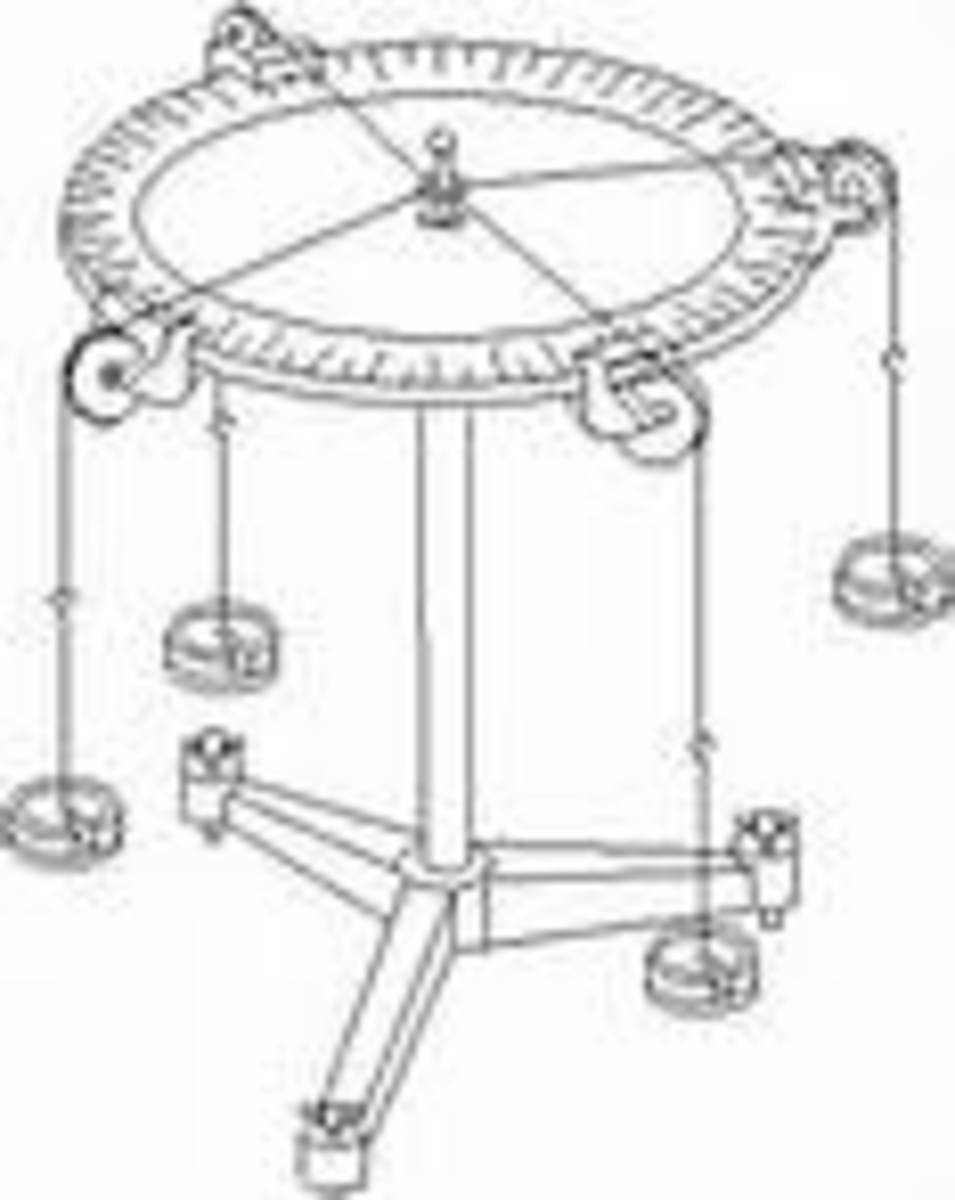Fast and Easy Science Fair Projects: Floating Along







This is my 25th hub on Fast and Fair Science Fair Projects. This one is extremely easy and fun! I'm sure you'll enjoy reading and trying out this one too, especially kids! Have fun!
Buoyancy: The ability to stay up
Purpose: Let's figure out how come things that are heavier than water can float.
Overview: Why do things float? An object may float in water if it is light and weighs less than water. A ping pong ball will float because it weighs less than water.
But why does a heavy boat float? Big ships are made out of steel, and is much heavier than water.
The buoyancy of an object is it's ability to float on the surface of water (or any fluid). Water gives an upward push on any object in it. The amount of force pushing upward is equal to the weight of the water that the object "displaces" (takes the place of). So, if a boat or ship is designed to displace an amount of water that weighs more than the boat, it will be able to float. For something to be buoyant, its shape is very important.
Hypothesis: An object that is heavier than water can be made to float.
You need:
- Modeling clay
- Large bowl
- Water
- Small kitchen food scale (gram weight scale)
- Small bowl or cup
- Kitchen measuring cup that has a pour spout
- Thin piece of thread
Procedure: Fill a large bowl with water, but don't fill it all the way to the top. Take a small amount of modeling clay and use your hands to roll it into a ball that is about 2 inches (5 cm) in diameter. Place the ball on the surface of the water and let go. The clay ball is heavier than water. Does it float or sink?
Take the ball out of the water. Use your hands to mold the same clay into the shape of a small boat. It should have a flat bottom and sides. Now, place the boat on the surface if the water. It floats, even though it is the same amount of clay. While holding the weight (mass) of the clay Constant, the Variable has been its change in shape.
You can take this project further by capturing and weighting the water that is dispaced by the ball to clay. To do this you will need a kitchen measuring cup that has a pour spout. Set a small bowl or cup under the spout to catch the water that spills out.
Fill the measuring cup with water until water begins to spill out of the spout. When the water stops overflowing, empty the small bowl that caught the water. Dry it out.
Shape the clay into the ball. Tie a piece of thin thread onto the ball and slowly lower it into the water. The water it displaces will spill out of the bowl.
When the water stops overflowing, remove the bowl and weigh it on a small kitchen foot scale. Write down the weight.
Dry the bowl and weight it. This is to get the "tare weight," the weight of the container that had been holding the water. Subtract this tare weight from the weight of the bowl with the water in it. THe difference is the weight of the dispaced water.
Also weigh the clay ball. Compare the weight of the clay ball to the weight of the water that it displaced.
Results and Conclusion: Write down the results of your experiment. Come to a conclusion as to whether or not your hypothesis was correct.
Something more: Weigh the amoint of water the clay boat dispaces. Compare it to the amount of water the same clay in the shape of a ball dispaces. Do you think the weight of the water dispaced by the boat will be less that the weight of the water dispaced by the ball?
Thanks for reading this one! Hope you liked it! If you want more on Fast and Easy Science Fair Projects, you can try my other Hubs relating to the topic. Here are five of my Top Hubs on Fast and Easy Science Fair Projects for you:
- Fast and Easy Science Fair Projects: Flying in Circles
This is my 26th hub on Fast and Fair Science Fair Projects. This one is extremely easy and fun! I'm sure you'll enjoy reading and trying out this one too, especially kids! Have fun! Air friction:... - Fast and Easy Science Fair Projects: We are #2
Second- and third-class levers Purpose: Learn to use a second class lever (a simple machine) to reduce the force required to lift a heavy object. Overview: A lever is mage up of a long shaft or board... - Fast and Easy Science Fair Projects: The Mighty Mo
Momentum: A product of force times mass Purpose: Can momentum be increased by increasing the mass of the moving object or by increasing its speed? Overview: Momentum is the force with which an object is... - Fast and Easy Science Fair Projects: Hot rocks
Heat transfer from one medium to another Purpose: Is there a good way to store solar heat, and release it slowly over time? Overview: Did you ever touch a rock that has been baking in the sun on a... - Fast and Easy Science Fair Projects: Blown Away
This is my 23rd hub on Fast and Fair Science Fair Projects. I'm sure you'll enjoy reading and trying out this one too! Good luck! Fluidics: air flow around shapes Purpose: Determining how air flows around...

